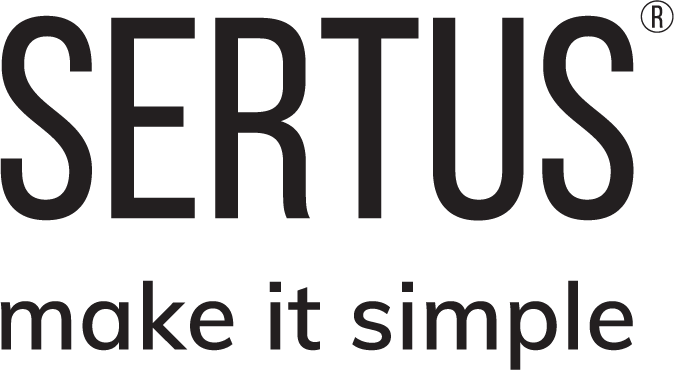Here’s a handy recap on the purpose of smoke control and how it differs to smoke clearance.
Smoke control is an important aspect of fire safety that refers to the principle of redirecting hazardous smoke and fumes and heat in the event of a building fire.
A correctly-designed smoke control system will keep smoke away from escape routes to allow occupants to evacuate the building safely and enable easier ingress for fire fighting services.
Smoke ventilation systems can be natural or mechanical. There's a wide range of products that you can use in a system, including smoke detectors, vents, smoke curtains, dampers, smoke shafts and fans to protect a building such as a multi-storey apartment block or an underground car park.
However, it’s important to note that smoke control is different to smoke clearance.
Smoke clearance uses a notional amount of ventilation to assist fire fighting operations, allowing firefighters to clear smoke from the relevant building or part of building, often after the fire has been extinguished.
By definition, smoke clearance offers limited benefit during evacuation and has a simpler design basis.
As Smoke Control Systems are designed to control or restrict the movement of smoke within the building, it is usually necessary to estimate the amount of smoke produced by a fire and the heat energy present. Then designs such as ventilation can be calculated to remove this smoke and heat.
Many buildings are required to have smoke control systems by law. As an example, smoke ventilation systems are required in all residential buildings over eleven metres. There’s a range of guidance, regulation and legislation around smoke control but the key documents to be aware of are: Approved Document B, Fire Safety, BS 9991 and BS 9999.
Finally, it’s important to be aware that smoke control systems play a key part in the safety of a building and work in tandem with other life-safety systems such as passive fire protection, fire alarms and sprinkler systems. You’ll usually find information on a building’s smoke ventilation requirements in the building’s fire strategy and specification.
